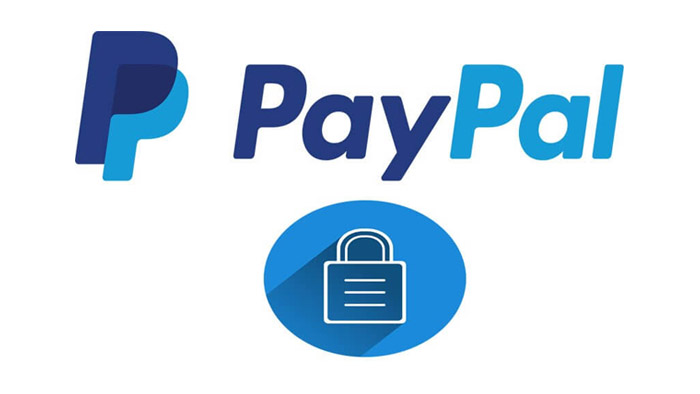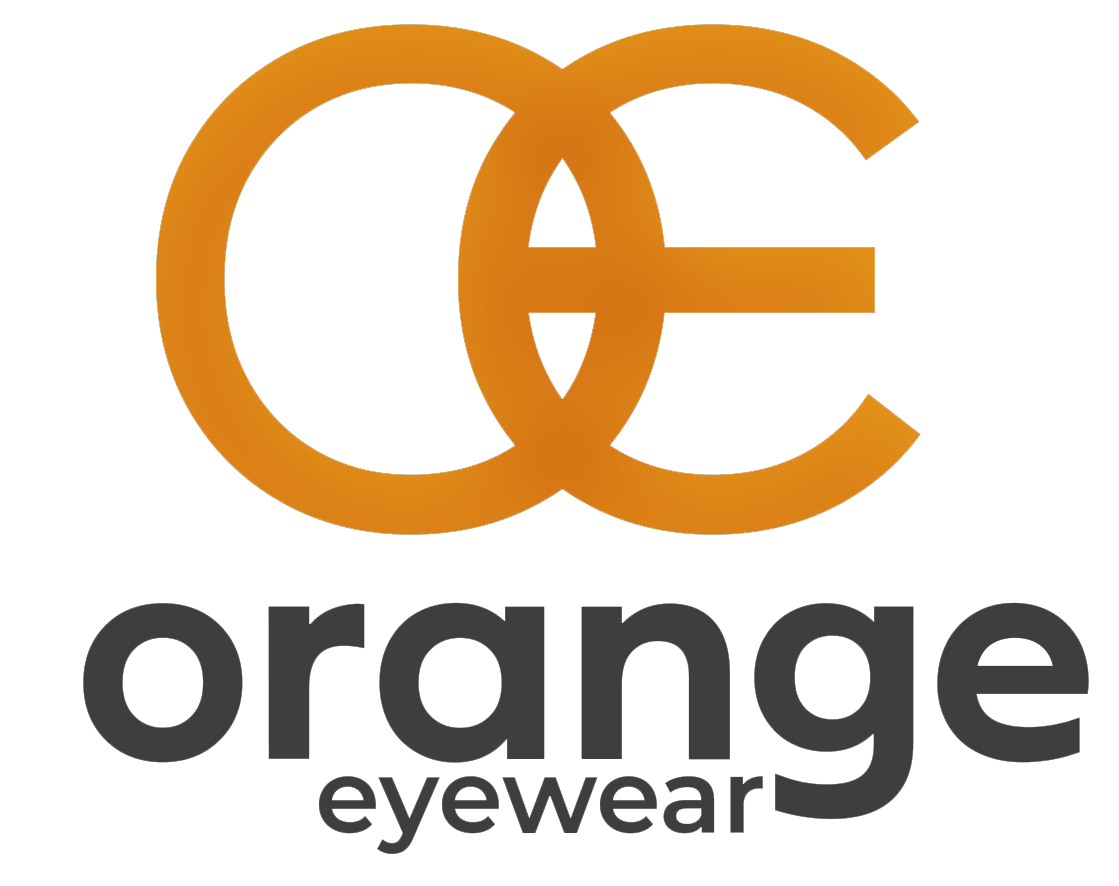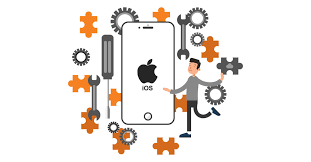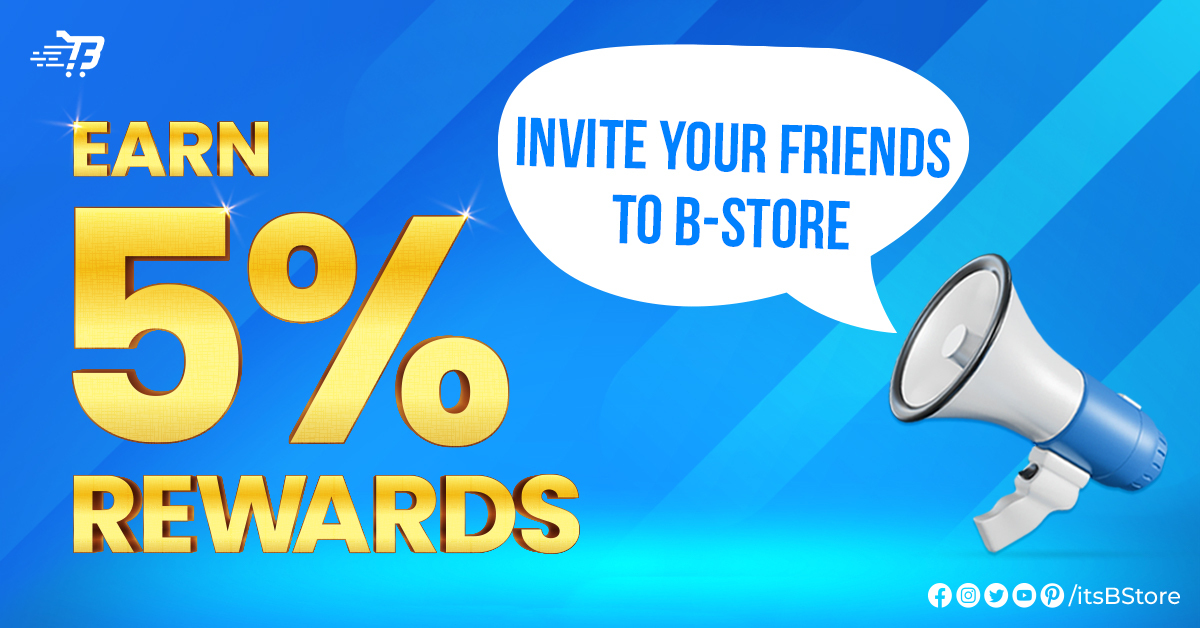
As many of us may conduct some of our business via PayPal, and as a regular receiver of the "your account requires verification" emails apparently from PayPal, I thought I'd publish some hints and tips received directly from PayPal themselves which will hopefully prove useful.
Emails - Make sure they are sent from PayPal
1. If you receive an email and are unsure whether it is from PayPal, open a new web browser (e.g., Internet Explorer or Netscape) and type in the following: https://www.paypal.co.uk/. Don't click on any link in an email which seems suspicious to you.
2. Some spoof websites will send emails that pretend to come from PayPal to entice you to log in at the spoof URL. Be extremely cautious of emails that direct you to a website that asks for sensitive information.
3. Stay safe; don't respond to emails asking for any of the following:
- Your password and email address combination
- Credit card numbers
- Bank account numbers
- Social security numbers
- Drivers licence number
- First and Last Names
If you have surrendered financial or password information to a suspicious email or website, promptly report this to the issuing institution as well as change your password and security answers on your PayPal account. This can be completed in the Profile section of your account.
Email Greeting
PayPal will never send you an email with the greeting "Dear PayPal User" or "Dear PayPal Member". Emails initiated by PayPal will address you by your first and last name, or the business name associated with your PayPal account.
Please note that the automatic response you get from us may not address you by name.
Always log into the PayPal site
PayPal will only ask for information AFTER you have securely logged in.
For your security, PayPal will never ask you to re-enter your full bank account, credit, or debit card number without providing you at least the LAST TWO DIGITS of the number. These digits let you know that we already know the full number and are asking you for the rest of it. Beware of any website or email asking for these numbers for 'verification' that does not PROVE that it knows the number by providing at least the last two digits Use Account Guard on the eBay toolbar. If you use Internet Explorer, download the eBay toolbar. Account Guard helps ensure you are on PayPal or eBay.
Website pages - make sure that they are hosted by PayPal
1. When using the PayPal service, always ensure that the URL address listed at the top of the browser is https://www.paypal.co.uk/. The 's' ensures that the website is secure. Even if the URL contains the word 'PayPal', it may not be a PayPal webpage.
2. Look for the 'lock' symbol that appears in the lower right hand corner of the browser. This symbol indicates that it is a secure site.
Do not download attachments, software updates, or any application to your computer via a link you received in an email. PayPal will never send you an attachment or software update to install on your computer.
Passwords - keep it on PayPal
- Use a unique password for the PayPal account and change it every 30-60 days.
- The password should be one that is not used on any other site, service, or login.
If you think you have received a fraudulent email, forward the entire email, including the header information to spoof@paypal.com and then delete the email from your mailbox. Never click any links or attachments in a suspicious email.













Post Your Comment
Comments